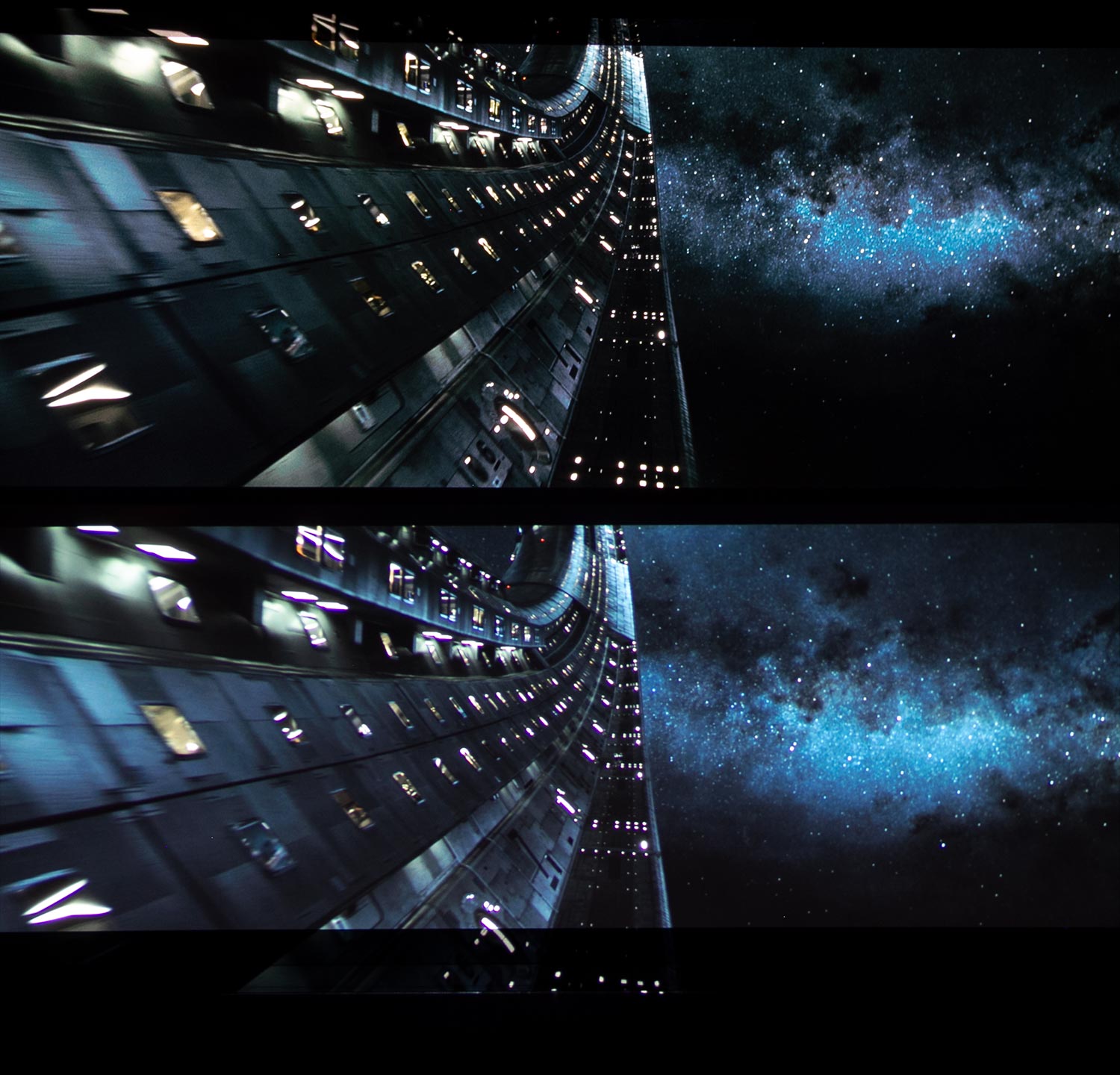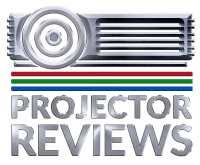These really consist of two groups. Lamp based projectors slightly more expensive but relying on the older, higher resolution 2716x1528x2 DLP chips, and those with laser engines (with either chip set).
Lamp based models that cost more tend to be older as most new models are using the smaller (and I assume, less expensive chip set). Since many of these companies don’t even tell you what the native resolution is (1920x1080 or 2716x1528), I expect the smaller chipset to dominate going forward.
There are projectors like Optoma’s UHD65 (the first of the 4K UHDs to ship), and the HE version with the business color wheel, the UHD60. The UHD60 is down near the price of the HT3550, but the HT3550 is so much better handling HDR than the UHD60 or UHD65 could do.
There are other older models, with the better chip but I really can’t think of one with great HDR.
That takes us to the 4K UHD laser projectors. Problem is, you are looking at at least $2500 so far, so they really aren't competitors. If you are interested, here are some thoughts. , That $2.5K would get you the smartest projector around – LG’s HU80KA, a very cool, and unique home entertainment projector. That LG is fun, but for pure picture quality, it is no match on black levels, nor did we get as good color. The LG may be a lot of fun, and having the smarts of an LG smart TV, is awesome, but if you are serious about better picture, the lower cost HT3550 is the better choice.
I’ve dismissed a Dell laser projector and others, as good for biz but not for home. The one much more expensive exception is the Acer VL7860, which uses a laser, and lets’ it double as a fast dynamic iris (something lamp projectors just can’t do.) The Acer has better black levels for sure, but at twice the price, it is more competition for that Epson HC5050UB than this rbargain-pricedain priced projector with a dynamic iris.
That’s pretty much all the relatively direct competition, except for a lot of projectors that do not support 4K. There are a number of good ones but the assumption is that you probably do want 4K capability or you wouldn’t still be reading this.







